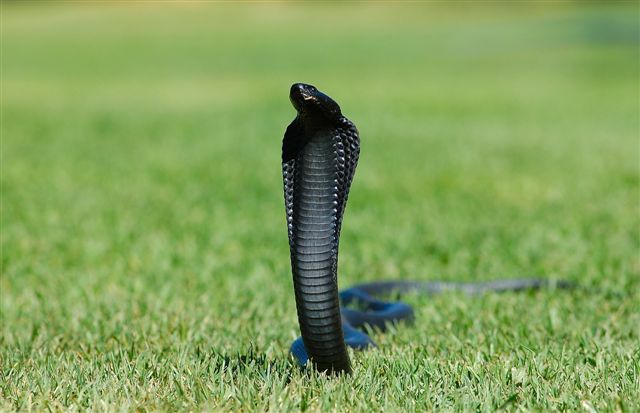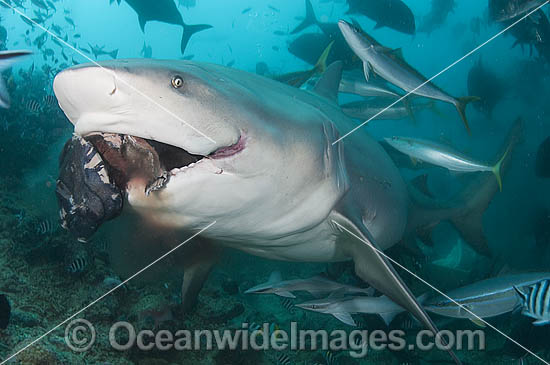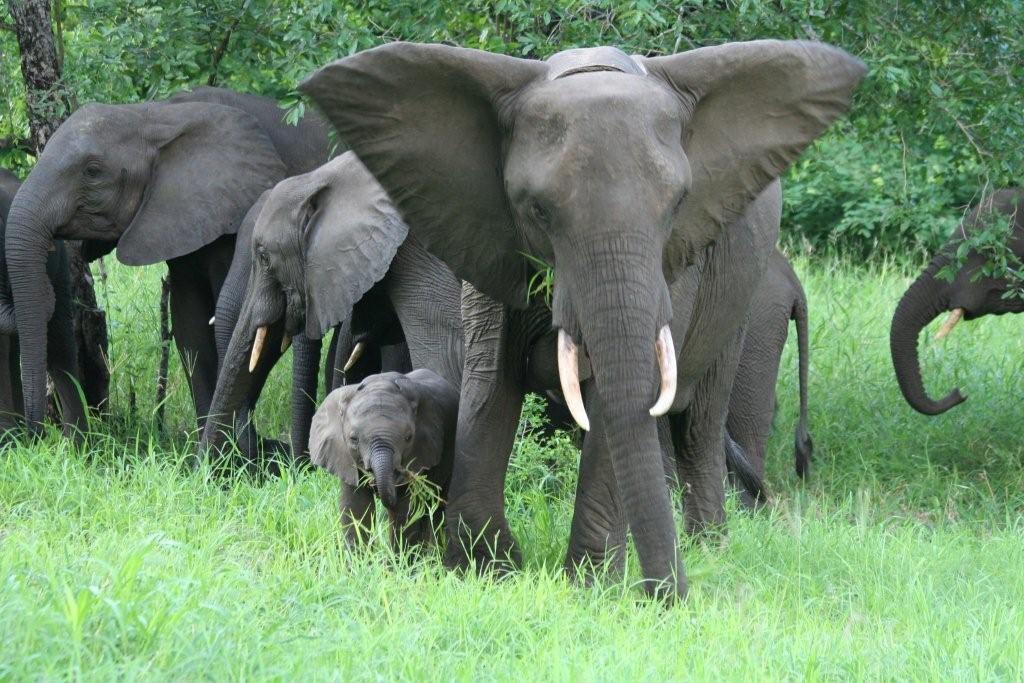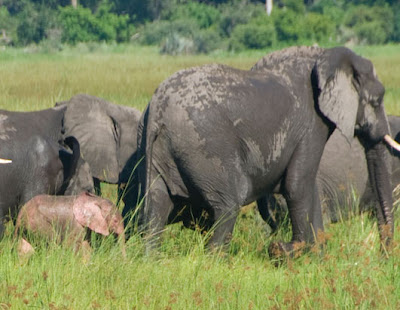king cobra (Ophiophagus hannah) is the world's longest venomous snake, with a length up to 5.6 m (18.5 ft).[1] This species, which preys chiefly on other snakes, is found predominantly in forests from India through Southeast Asia to the Philippines and Indonesia. The heaviest wild specimen was caught at Royal Island Club in Singapore in 1951 which weighed 12 kilograms (26 lb) and measured 4.8 meters (16 ft), though an even heavier captive specimen was kept at New York Zoological Park and was measured as 12.7 kilograms (28 lb) at 4.4 meters (14 ft) long in 1972. The length and mass of the snakes highly depend on their localities and some other factors. cobra's genus name, Ophiophagus, means "snake-eater", and its diet consists primarily of other snakes, including ratsnakes, small pythons and even other venomous snakes (smaller members of its own species, true cobras (of the genus naja), and even the much more venomous members of the krait family). When food is scarce, they may also feed on other small vertebrates, such as lizards, birds, and rodents. In some cases, the cobra may "constrict" its prey, such as birds and larger rodents, using its muscular body, though this is uncommon. After a large meal, the snake may live for many months without another one because of its slow metabolic rate. Toxic constituents are mainly proteins and polypeptides.
During a bite, venom is forced through the snake's 1.25 to 1.5 centimeters (0.49 to 0.59 in) fangs into the wound, and the toxins begin to attack the victim's central nervous system. Symptoms may include severe pain, blurred vision, vertigo, drowsiness, and paralysis. Envenomation progresses to cardiovascular collapse, and the victim falls into a coma.
king cobra is unusual among snakes in that the female king cobra is a very dedicated parent. She makes a nest for her eggs, scraping up leaves and other debris into a mound in which to deposit them, and remains in the nest until the young hatch.
A female usually deposits 20 to 40 eggs into the mound, which acts as an incubator. She stays with the eggs and guards the mound tenaciously, rearing up into a threat display if any large animal gets too close,[32] for roughly 60 to 90 days.
Inside the mound the eggs are incubated at a steady 28 °C (82 °F). When the eggs start to hatch, instinct causes the female to leave the nest and find prey to eat so she does not eat her young.

Black cobra snakes

Black cobra snakes

Black cobra snakes

Black cobra snakes

Black cobra snakes

Black cobra snakes

Black cobra snakes

Black cobra snakes
 The King Cobra is the world's longest venomous snake,with a length that can be as large as 6.7 m (22 ft).This species is widespread throughout Southeast Asia and parts of India,but found mostly in forested areas. The skin is either olive-green,tan or black and it has faint,pale yellow cross bands down the length of the body.The belly is cream or pale yellow, and the scales are smooth.The head of a mature snake can be quite massive and bulky in appearance,though like all snakes,they can expand their jaws to swallow large prey items.
The King Cobra is the world's longest venomous snake,with a length that can be as large as 6.7 m (22 ft).This species is widespread throughout Southeast Asia and parts of India,but found mostly in forested areas. The skin is either olive-green,tan or black and it has faint,pale yellow cross bands down the length of the body.The belly is cream or pale yellow, and the scales are smooth.The head of a mature snake can be quite massive and bulky in appearance,though like all snakes,they can expand their jaws to swallow large prey items. It has proteroglyph dentition,meaning it has two short,fixed fangs in the front of the mouth which channel venom into the prey like hypodermic needles.The male is larger and thicker than the female. It lives in dense highland forests.The snake has a preference for living in areas dotted with lakes and streams.King Cobra populations have dropped in some areas of its range due to the destruction of forests,but despite this the snake. King Cobra's venom is primarily neurotoxic and thus attacks the victim's central nervous system and quickly induces severe pain, blurred vision,vertigo,drowsiness,and paralysis.
It has proteroglyph dentition,meaning it has two short,fixed fangs in the front of the mouth which channel venom into the prey like hypodermic needles.The male is larger and thicker than the female. It lives in dense highland forests.The snake has a preference for living in areas dotted with lakes and streams.King Cobra populations have dropped in some areas of its range due to the destruction of forests,but despite this the snake. King Cobra's venom is primarily neurotoxic and thus attacks the victim's central nervous system and quickly induces severe pain, blurred vision,vertigo,drowsiness,and paralysis.

















































